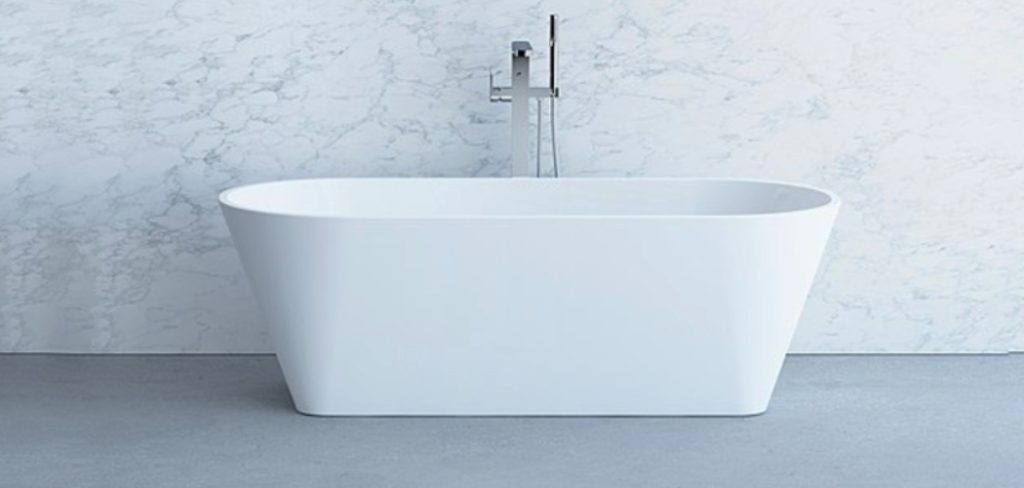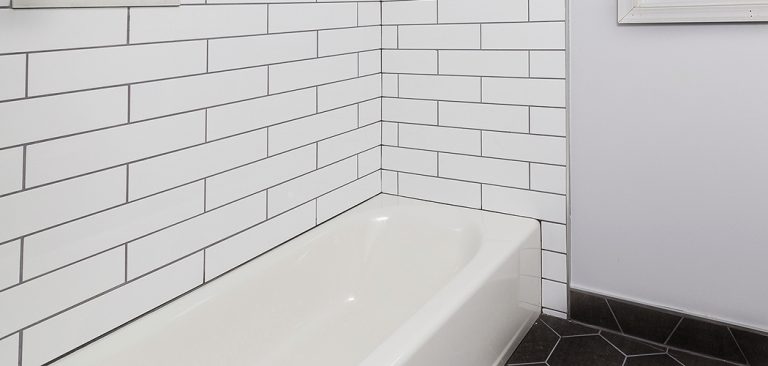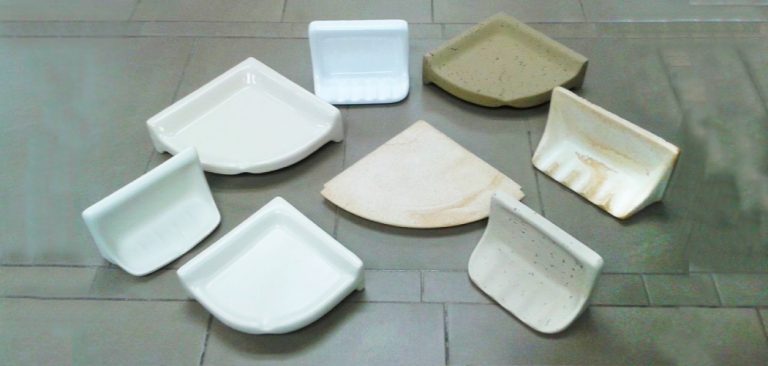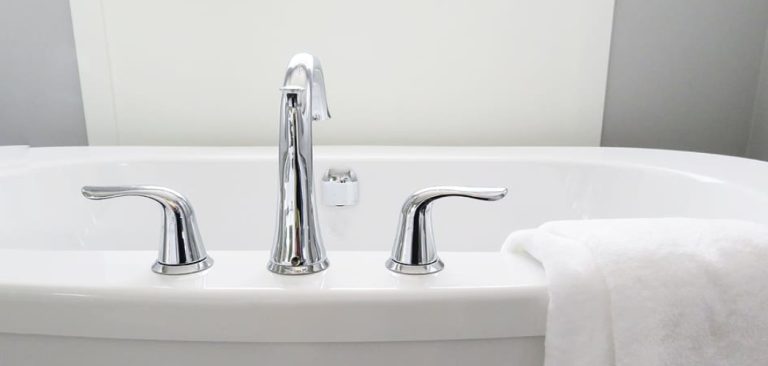How Are Freestanding Tubs Secured to the Floor
The issue of freestanding tubs becoming unstable is a common one, especially for those who have lighter models. In this article, I will provide some solutions for securing freestanding tubs to the floor to resolve this issue.

Causes of an Unstable Freestanding Tub
Lightweight
Freestanding tubs are often made from lightweight materials like acrylic or fibreglass to ensure they are unbreakable and more cost-effective nowadays. This lightness means that they can be moved without water being present.
Slippery Tiles
Some bathroom tiles are very slippery or become slippery when exposed to water. It can make sliding for the Tub much easier.
Local Low-Quality Tub
Many people opt for local products when purchasing a freestanding tub. However, this can be a costly mistake. Low-priced tubs often need more and proper consideration for weight, material, and proper tub level, which can lead to an unstable tub.
4 Methods of Securing Freestanding Tubs to the Floor
Freestanding tubs are typically bought for not being enclosed by anything. However, if the Tub is fixed to the floor or surrounded by tiles or boards, this feature of the Tub is lost.
Keeping this in mind, I am providing a few methods below for you to choose according to your preference.
Use Silicone Sealant
Silicone sealant is an easy and effective way to secure a freestanding tub to the floor. Begin by cleaning and drying the floor, then apply the sealant in a zigzag pattern around the bottom side of the tubs.
Wipe away any excess sealant and allow it to dry completely before use. This will keep the acrylic freestanding Tub from shifting or moving away from the floor.
Screw the Timber Blocks Into the Floor
Screwing small, thin timber blocks into the floor below the freestanding Tub can provide stability. After placing the Tub in the desired position, mark its location with a pencil. Then, remove the Tub and screw the timber blocks into the marked area. After the blocks are secured to the floor, the Tub can be placed back inside them.
Lay Non-slip Mats
You can also lay a non-slip mat on the floor, the same size as your Tub, and place the freestanding Tub on it. However, this solution may only be effective if your Tub is light enough and can also be costly.
Bumpy Subfloor
If you want to achieve a good decoration result, hiring a professional to build an uneven subfloor (Wooden or concrete slabs) is recommended. The subfloor should be 1 inch on the floor. Doing the work yourself is an option if you are willing to put in the effort, but it is best to leave the task to the professionals.
Do Not Do These Things
The Adhesive Under the Tub
Using adhesive on the bottom of a freestanding tub is not a good idea, as it can permanently stick the Tub to the floor. Attempting to move the Tub in the future could damage both the floor and the Tub, so this method should be avoided.
Levelling Feet
There are better choices than levelling feet to secure a freestanding tub as it deters from the beauty of the Tub and is meant to adjust the height, not to secure it to the floor.
Where Should a Freestanding Tub Be Placed in the Bathroom?
A freestanding tub should be placed away from high-traffic areas to avoid becoming an obstruction or a hazard to anyone. The Tub should also be placed at least a few inches away from the wall to prevent it from hitting the wall if it shifts.
Conclusion
I hope these methods are useful for you. If you have any experiences to share, please do not hesitate to leave a comment below.
Don’t forget to share this article with your friends and family who may have the same issue!
If your freestanding Tub is not level, I have written a comprehensive article about freestanding Tub on this blog that you can check out – How to Fix a Bathtub That is Not Level.






